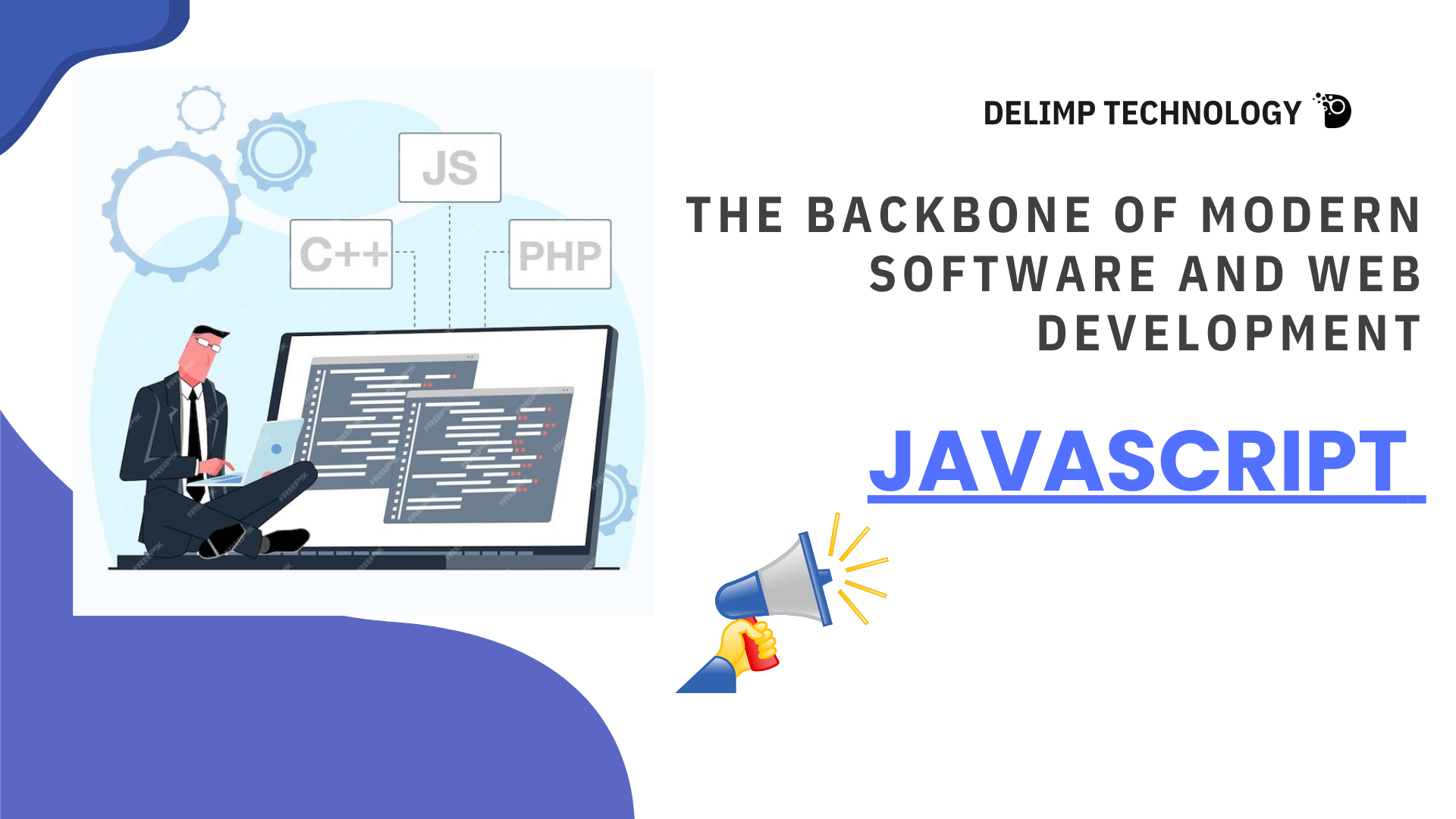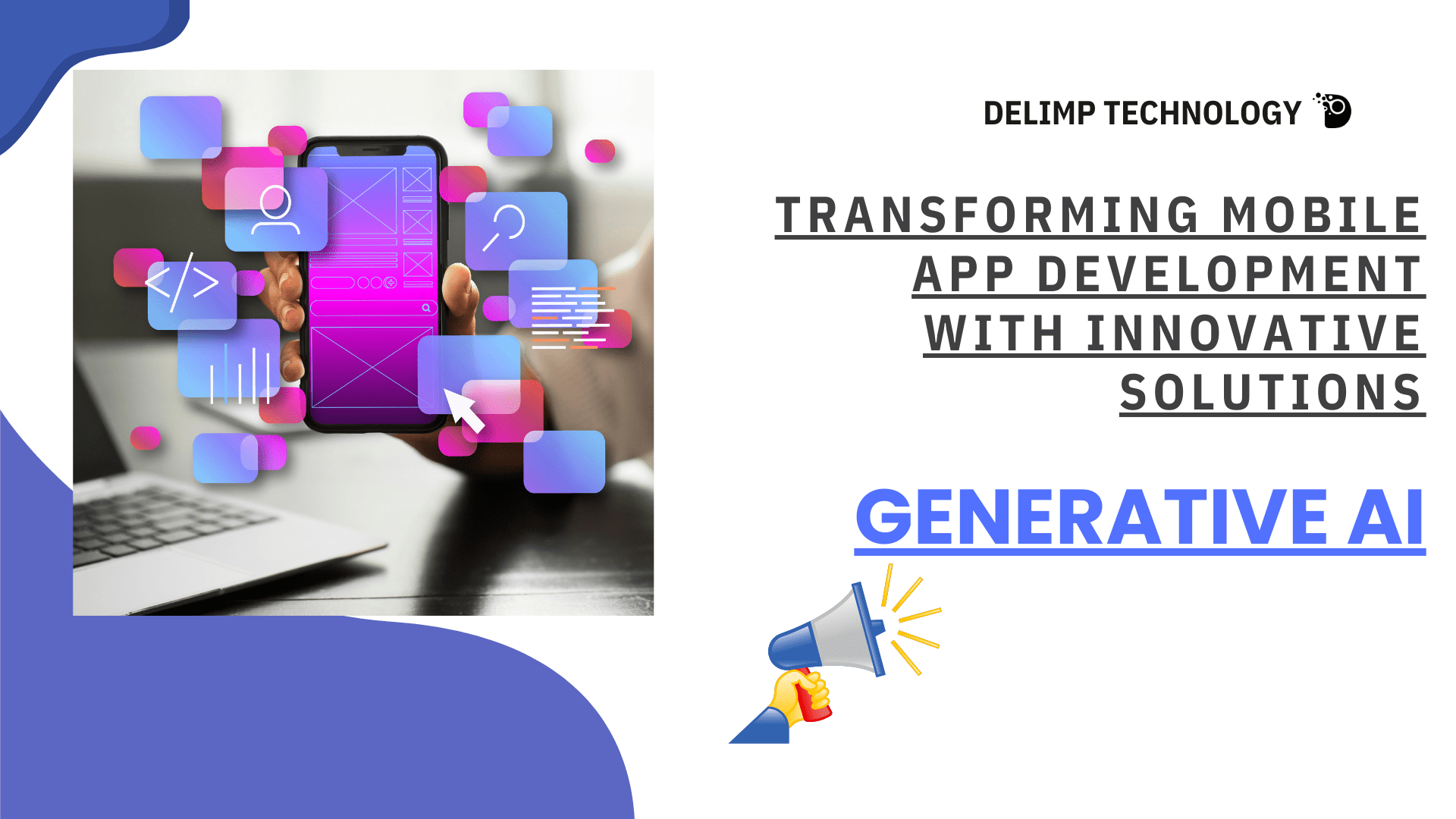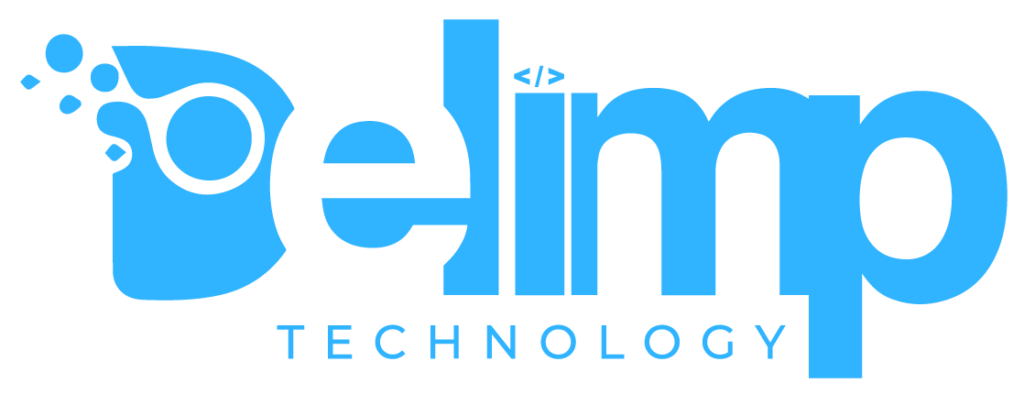Cloud computing has become a vital corporate tool, providing a convenient method to store and exchange data. As a result of the pandemic’s ability to enable remote working, every company felt driven to embrace cloud platforms. As a result, cloud computing trends are prevalent in sectors such as application and infrastructure software, business processes, and system infrastructure.
Cloud computing refers to the on-demand availability of computer system resources and the supply of computer services like servers, storage, databases, networking, software, analytics, and intelligence through the internet in order to provide speedier innovation, flexibility, resources, and economies of scale. Every corporation that wishes to reduce business continuity costs and improve future scalability uses it.
Edge Computing
One of the most significant trends in Cloud computing is edge computing. So here is the data, processed at the network’s edge and examined geographically closer to its source. Because of the increased use of 5G, faster processing and lower latency may be accomplished. Edge computing provides several advantages, including enhanced privacy, quicker data transmission, security, and efficiency. Edge computing will be at the heart of every cloud strategy in 2023, making it the most important cloud computing trend.
AI & ML
Cloud computing is strongly tied to two technologies: artificial intelligence and machine learning. Because enormous quantities of processing power and storage space are required for data collecting and algorithm training, AI & ML Services are more cost-effective. As a result, they are a solution for handling huge amounts of data in order to boost the efficiency of IT companies. As a result, the important trends that are anticipated to emerge in this sector include enhanced automation and self-learning capabilities, better data protection and privacy, and more tailored cloud experiences.
Disaster Recovery
As it refers to the process of recovering from a disaster such as a power outage, data loss, or hardware failure using cloud-based resources, cloud computing is effective in disaster recovery and provides businesses with the ability to quickly restore critical systems in the event of a natural or man-made disaster.
Mult & Hybrid Cloud Solution
Many businesses have adopted a multi-cloud and hybrid IT strategy that combines on-premise, dedicated private cloud dedicated to a specific company whose data is a key business driver such as insurance, black, and so on. As a result, multi-cloud and hybrid cloud solutions will be among the top cloud computing trends in 2023 and the coming years.
Cloud Security & Resilience
When businesses relocate to the cloud, some security issues remain. As a result, investing in cyber security and establishing resilience against anything from data theft to the consequences of a pandemic on international trade will become increasingly crucial and a major clouding trend in the future years. As a result, in 2023, this trend will broaden the use of managed “security-as-a-service” providers, as well as AI and predictive technologies, to discover hazards before they cause problems.
Cloud Gaming
Microsoft, Sony, Nvidia, and Amazon all provide video gaming services. However, streaming video games requires more data and is only viable with high-speed internet access. With the introduction of 5G in 2023, cloud gaming will become a significant industry.
Kubernetes
The main trend is the growing use of container orchestration tools such as Kubernetes and Docker. This technology offers large-scale, highly scalable, and efficient deployments. It is an open-source, extensible platform for running applications from a single source while centrally controlling services and workloads. Kubernetes is fast growing and will be a prominent participant in cloud computing trends in the next few years.
Serverless Computing
As a result of the growth of the sharing economy, serverless computing entered the computer industry. Instead of being deployed on physical servers, computational resources are given as a service. This implies that instead of needing to maintain its servers, the organization merely pays for the resources it uses. Furthermore, serverless cloud solutions are gaining popularity due to their ease of use and ability to rapidly design, deploy, and scale cloud systems. Overall, technology is an emerging trend that is gaining traction over time.
Blockchain
Blockchain is a connected collection of blocks that contain records that grow as people add to it. To store data in blocks, cryptography is utilized. It provides superior security, transparency, and decentralization. It is becoming increasingly conjugated with the cloud. It can handle massive volumes of data and exert control over documents in an efficient and secure manner. The new technique has enormous promise for a wide range of industrial applications.
IoT
The Internet of Things (IoT) is a well-known trend in cloud computing. It is a technology that keeps computers, servers, and networks linked. It acts as a middleman to facilitate successful communication and data gathering from faraway devices. It also resolves alerts and helps firms implement security policies to build a safer cloud environment.
Any financial and cryptocurrency market information provided on Analytics Insight is sponsored content created for informative purposes only and does not constitute investment advice. Readers are also cautioned that Crypto goods and NFTs are unregulated and can be extremely hazardous. Any damages sustained as a result of such transactions may have no regulatory redress. Before making any investing decisions, conduct your own research by contacting financial professionals. The decision to read on is entirely voluntary and shall be interpreted as an express undertaking/guarantee in favor of Analytics Insight of being free of any/all prospective legal action or actionable claims.






